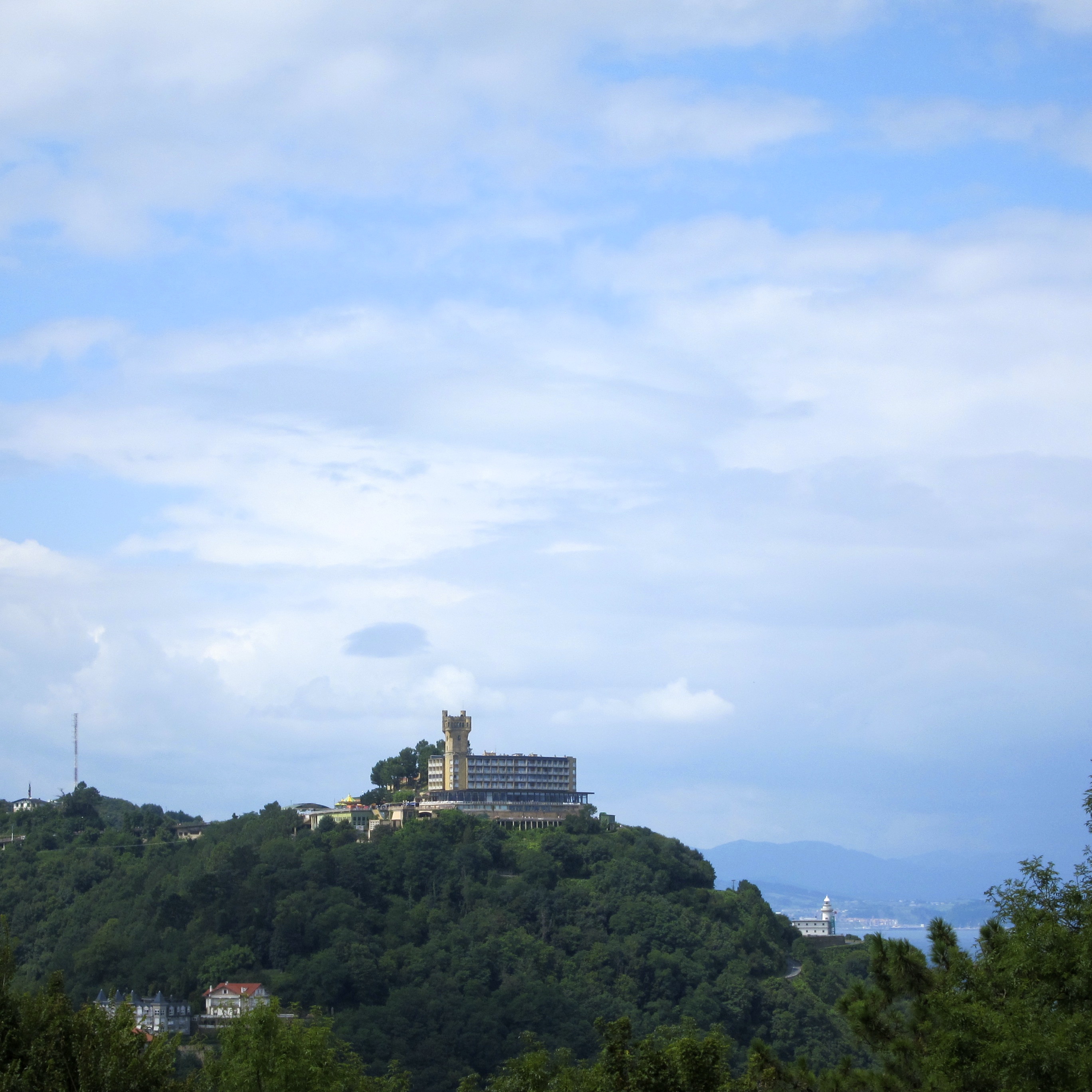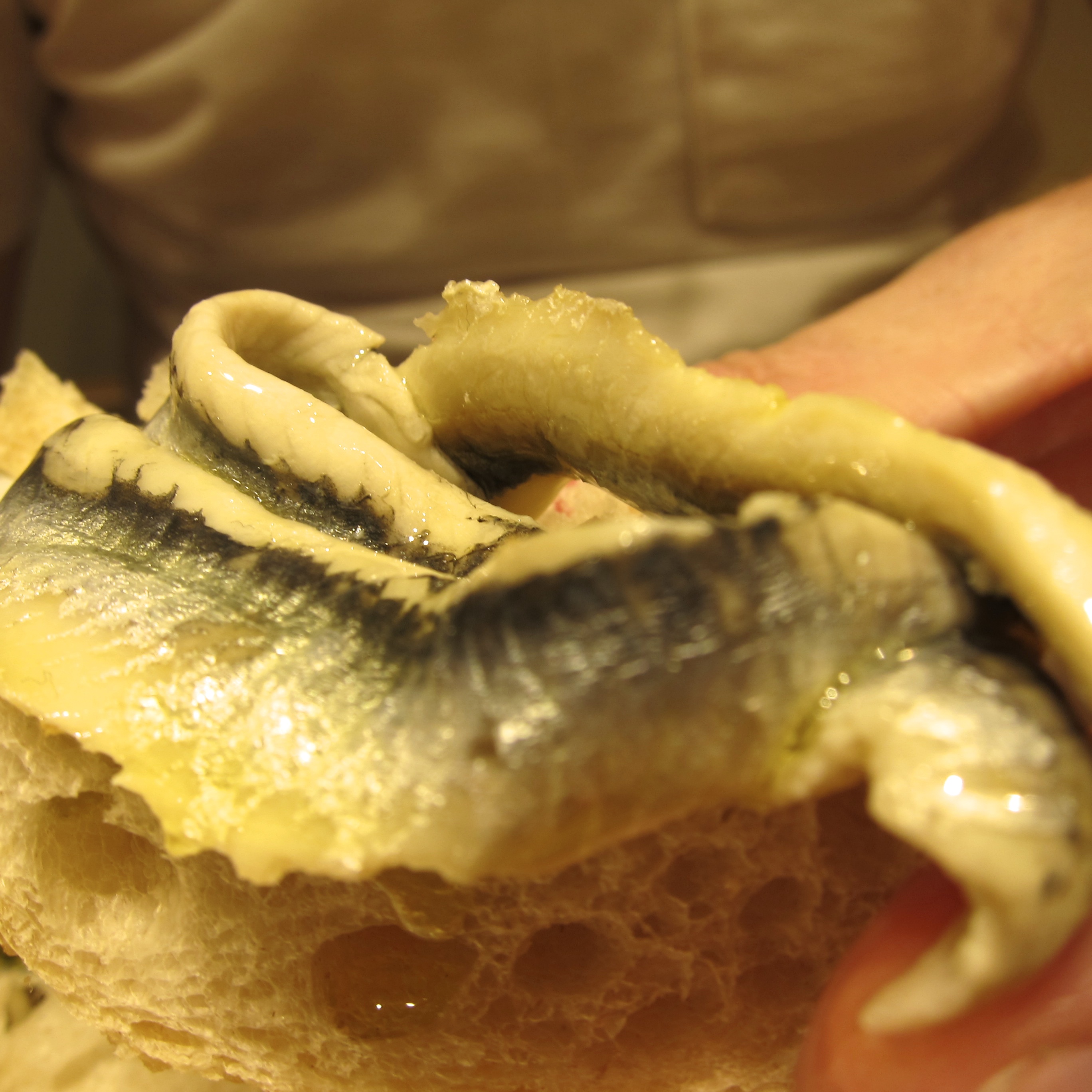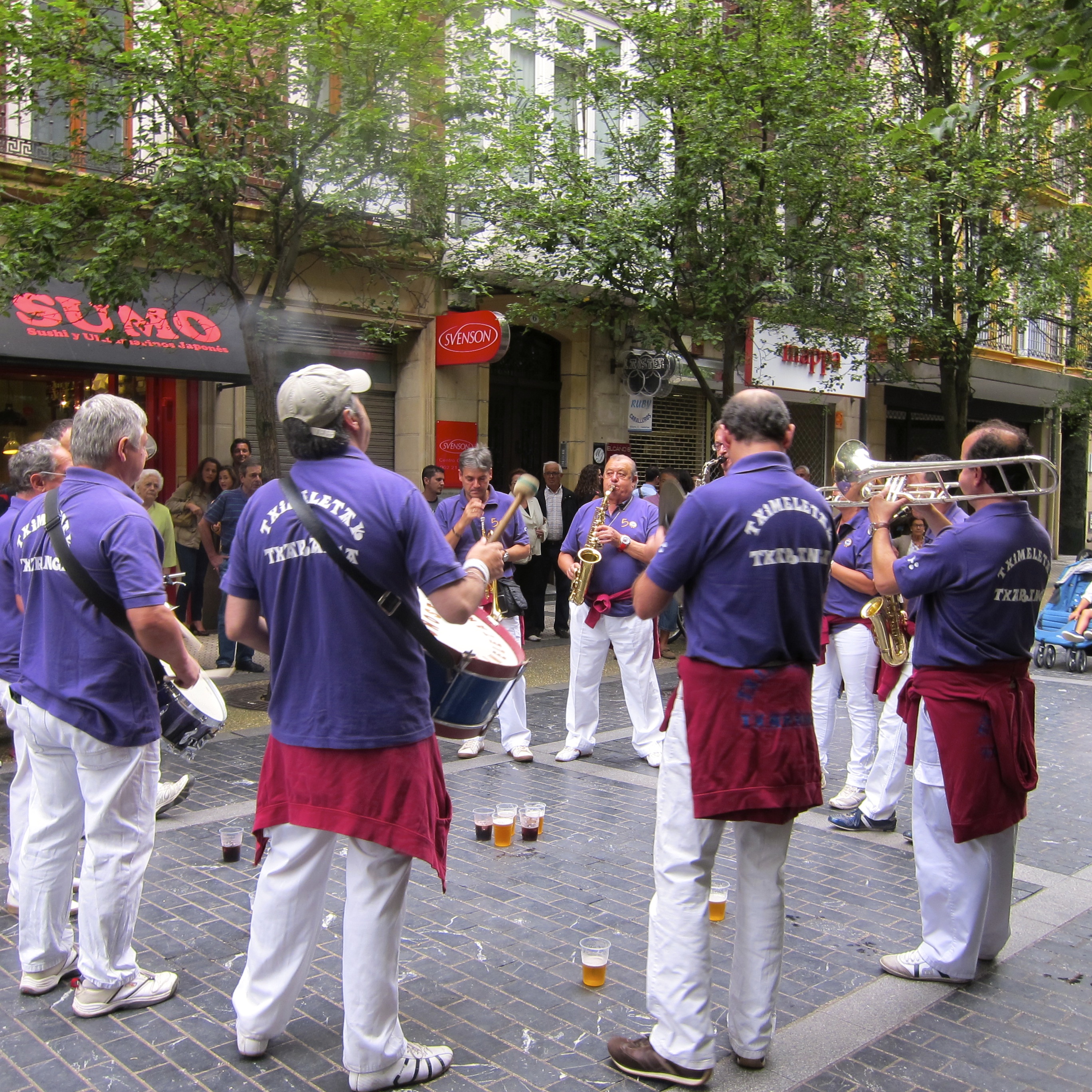A long weekend really isn’t long enough in this northern Spanish coastal city, just an hour’s drive from Bilbao. San Sebastián or to give it its Basque name, Donostia, is a stunner. An early arrival at Heathrow’s Terminal 3 meant I could take advantage of the shops a Plymouth Gin cocktail at their promotion stand and Mac’s lipstick counter. A flight with the super-efficient Vueling and we were in an Avis hire car within twenty minutes of landing. A toll road took us straight into the city and a winding road took us to our first hotel, Mercure’s Monte Igueldo. This is a place to visit for a panoramic view and whilst it’s lingering in the 1970s interior-wise (they show the updated rooms on the website), it’s clean, has free parking and isn’t a bad place to stay for one or two nights.
It’s also got a rather lovely pool, open during the summer months,
and it’s just five minutes to the city centre using the Funicular.
Just below the hotel is a wooden roller coaster, and water ride, all part of a fun fair which is a lot older than the hotel.
It was my birthday, so we upgraded to abject luxury at the Hotel Maria Cristina.
I’ve written a separate blog on this baby, again not the most economical place to stay but if you deserve a treat, then save up and stay here, do.
A walk along the promenade means you can take in all three of San Sebastián’s sandy beaches – Ondarreta is where you’ll find people playing volleyball, beach tennis and football, while La Concha is the most visited, it stretches out for a kilometre and a half, Zurriola is where the young and surfers like to hang out.
Visit in the second week in August and you’ll be treated to a nightly Fireworks Display constructed by pyrotechnical wizards with deep pockets.
Take a hike up to Monte Urgell and pay San Sebastián’s equivalent of Brazil’s Christ The Redeemer a visit, conveniently placed on a former fort.
If the weather’s kind, grab a picnic and head to the beach …
The lively old town is home to hundreds of pinxtos bars and to the south, you’ll find the shopping area.
So let’s start with the pinxtos (pronounced pin-chos) a small mouthful of deliciousness, hot or cold, usually snaffled with a small glass of wine, beer or traditional cider. All different, each bar has its own speciality and traditional pinxtos begins with a slice of crusty bread, piled high with anything from meat to fish or the non-bread pinxtos like gilda, an olive, guindilla pepper and anchovy.
It’s quite an exhilarating yet scary experience as there’s no real menu, you get very up close and personal in some of the very busy bars, and if you’re Spanish isn’t up to snuff then you could be in trouble. Watch what the locals eat, pointing works well and there’s usually an excellent English-speaking Spaniard close to hand to translate if things get a little hairy.
Here are a few helpful words to get you started
Gambas prawn
Vieira scallop
Txipiron squid
Bacalao salted cod
Txangurro crab
Antxoas anchovy
Queso cheese
Hongos mushroom
Morcilla black pudding
Costilla ribs
Carrilera cheek – can be beef or veal
Cochinillo suckling pig
Jamon ham
Pulpo octopus
Foie foie gras
Bar Aralar (Calle Puerto 10) was one of the first pintxos bars we stumbled into, their offerings are on a deep bar and there’s plenty of it from deep-fried prawn balls to elvers (baby eels) and prawns.
There are a few fabulous bars we ‘adopted’ which were popular, not just with us but with lots of locals.
La Cuchara de San Telmo (31 de Agosto Street) is a narrow bar with a kitchen full of staff. Look out for the statue of the woman carrying bread on her head and the bar is at the end of the alley. Elbows out here to find yourself a space but try the foie with compota de manzana or the crispy pig’s ear! Oh, their Sangria totally rocks. No surprise to learn that chefs here trained with Ferran Adrià at El Bulli.
Gandarias is a traditional old town bar – make sure you have the sirloin steak solomilo – all the used napkins get discarded on the floor and swept up at the end of service – in every bar.
La Cepa (31 de Agosto) – order the solomilo brioche. A pattern began to develop, even though we were right next to the sea, we couldn’t get enough of this fabulous steak, served with a griddled green pepper. This is a popular joint with the Galician octopus, tripe and homemade meatballs flying off the menu.
To wash this down with try a Basque speciality Txakoli wine – a fruity white, served at height to release flavours as it splashes into the glass, ice-cold. Cider, or sagardoa in Basque is popular and made from fermented apple juice with no added sugars or sweeteners. Sangria, or tinto verano are both refreshing summer drinks and are red wine based.
If you fancy a 3 star Michelin blow-out then Arzak (Alcalde José Elósegui, 273) is a must. Try the tasting menu and you’ll be in for a once-in-a-lifetime experience. It’s not cheap but it’s not every day you’ll get to meet Juan Mari and Elena Arzak – the father-and-daughter team behind the founders of new Basque cuisine back in the late seventies. I’m writing a separate piece for the Huffington Post on our night here, – I’ll link it to my HP blog when it’s been edited.
If gin is your thing, then I can wholly recommend La Ginoteria (Zabaleta 6, San Sebastian) where drinks are mixed with total love – from spicy, dry, floral or fruity – there’s a gin here to suit every taste.
Head to Constitution Square to watch, not a bullfight, but the world go by – day or night. It’s the site of a former bullring, crane your head and you’ll see numbers which still mark the boxes where spectators would watch the action.
Fall in love with a Pasteleria – we have a new love affair with Oiartzun (Igentea) – order the Rocas (a dark or milk chocolate covered cornflake cake) or try the Basque speciality Goxua, a base of whipped cream, layered with sponge cake and burnt custard.
Be guided by the smell of freshly melted cocoa in the Old Town and visit this wonderful chocolate shop, load up with wonderful chocolate nutty clusters or the delicious dipped orange slices. The painfully shy chocolatier wouldn’t let me take her photo but she makes all these wonderful pieces on her premises. Some nights we’d come out of the bars and we’d peek through her shop window and she’d be hard at it, making more.
Bacalao is a Basque speciality and you’ll pass Delicatessen doorways and wonder what the stiff-as-a-board, salt-covered, white stuff is. Well, it’s dried and salted cod, widely used in Spanish cookery.
Beautiful churches seem to be on every corner here and the architecture is beautiful, step inside San Sebastian’s Cathedral if you have the time, donate some Euros and take a few photos without the flash.
We have Morris Men, San Sebastián has great musicians who play for beer.
Make time to stop off on the way back to the Airport. Look out for the signs to Getaria, a Basque fishing village about half an hour’s drive away, known for its asadores or outside barbecues. We tried but sadly it was one of the busiest days of the year so moved on to Zumaya, another fishing village where the catch of the day is the thing to order.
Have a look at the San Sebastián Tourism website – it has everything you need to know before you visit. Need an excuse to go? Check out the Festival page which includes the world-famous Film Festival which takes place in late September this year in the modern building to the left of this picture.











































